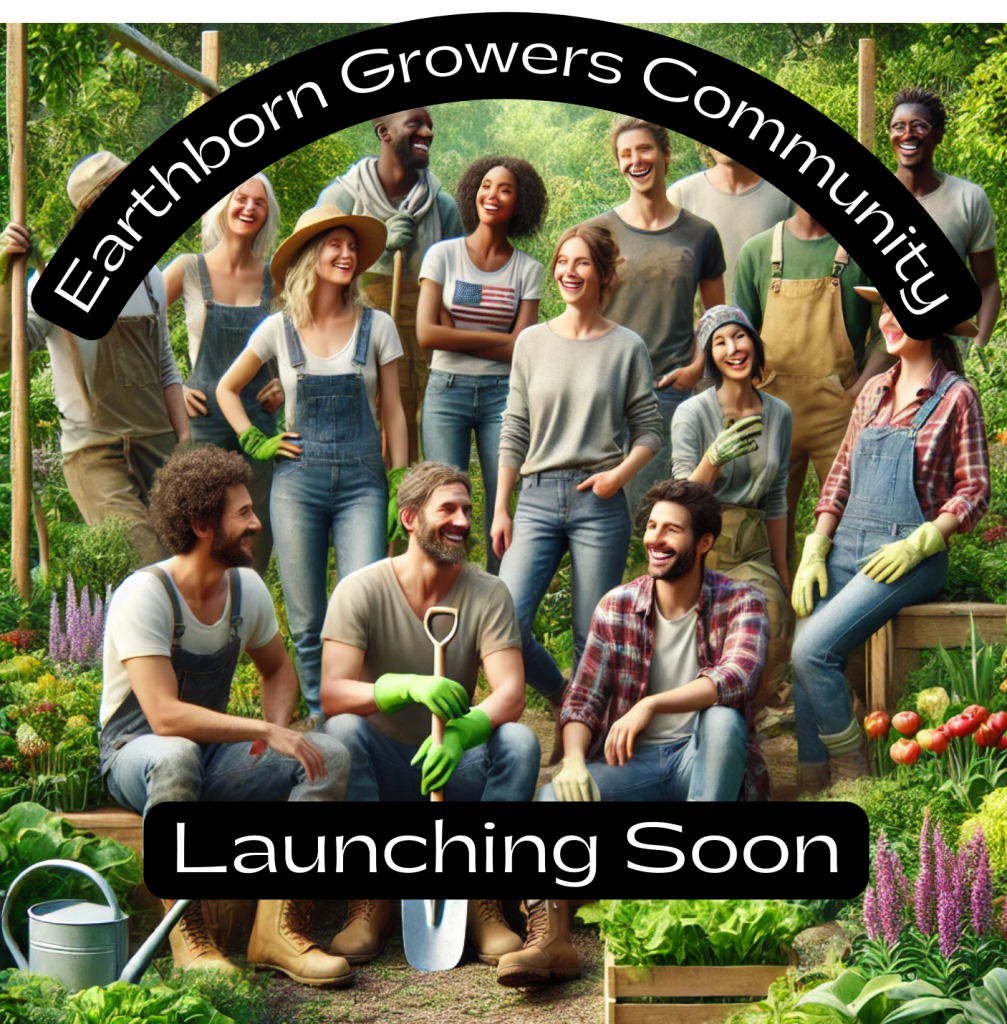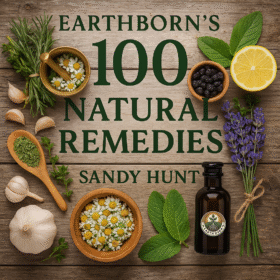-

🌿 12 Homemade Fertilizers Every Herb Gardener Should Know 🌿
Why buy chemical fertilizers when your kitchen scraps can feed your garden naturally? Here’s how to turn everyday waste into powerful plant food — and which herbs love them most! 🟡 1. Banana Peels🔹 Use: Chop and bury near roots or soak in water for a potassium boost.🔹 Best for: Lemongrass, Comfrey, Chamomile, and Lavender — all benefit from potassium for strong root development. ☕ 2. Coffee Grounds🔹 Use: Sprinkle used grounds around plants to improve soil acidity and add organic matter.🔹 Best for: Parsley, Sage, Rosemary, Thyme, and Blueberries — acid-loving herbs thrive here. 🥚 3. Eggshells🔹 Use: Crush…
-
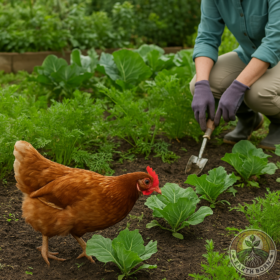
🐔 One or Two Chickens, a Healthier Garden: The Hidden Magic of Free-Range Companions
Incorporating just one or two free-range chickens into your garden is a gentle and surprisingly effective way to enhance your organic gardening ecosystem. These humble hens do far more than provide fresh eggs—they’re hardworking companions that feed your soil, tackle pests, and boost plant vitality. Let’s dig into the benefits and practicalities of keeping a few feathered friends. 🌿 The Benefits of Chickens in the Garden 🐛 Natural Pest Control Chickens are nature’s pest patrol. They’ll happily gobble up: Slugs Caterpillars Beetles Grasshoppers Ants and their eggs This reduces the need for chemical pesticides and helps keep your plants thriving… Read more…
-
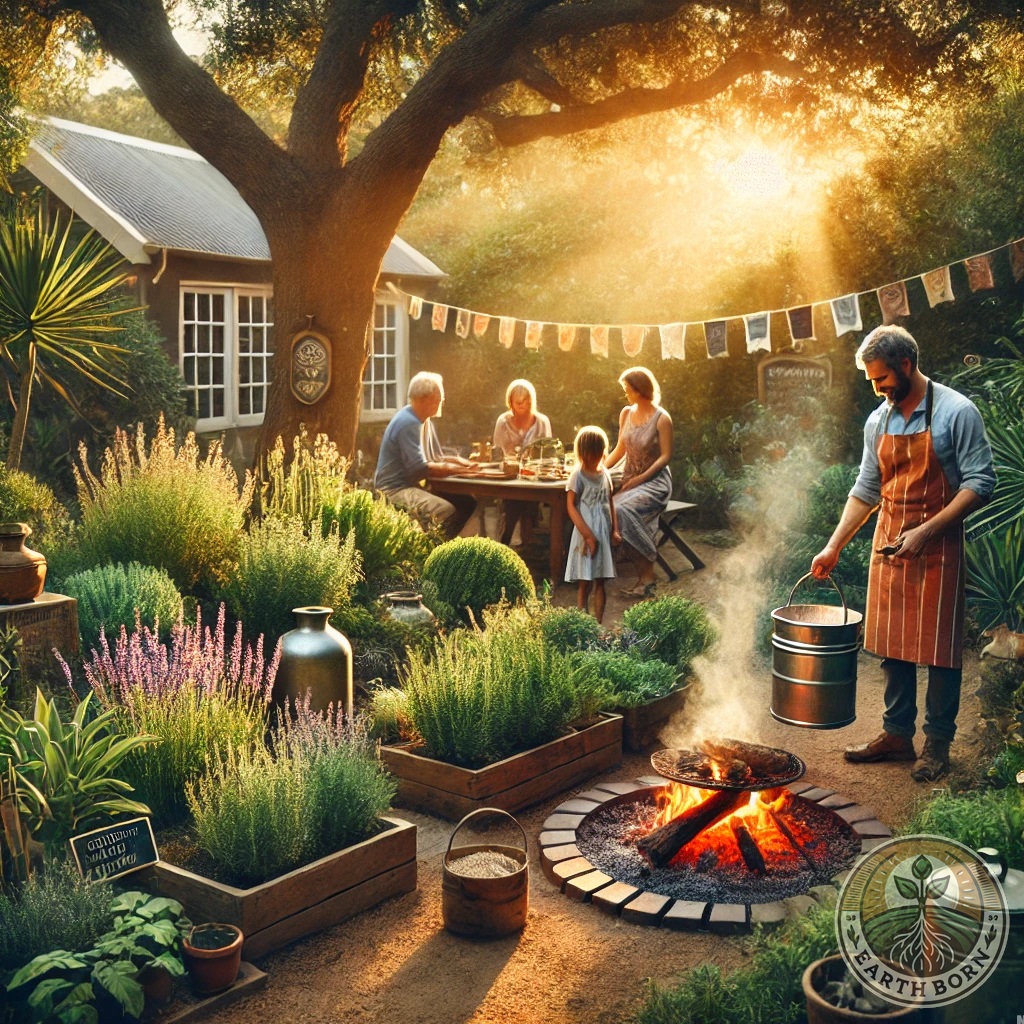
Wood Ash for Soil Enrichment
🔥 A Natural Boost for South African Gardens! 🌿 Wood ash is one of the best natural soil enhancers you can use in your garden. Rich in minerals like potassium, calcium, and magnesium, it improves soil fertility and structure, helping your herbs and vegetables thrive without synthetic fertilizers. If you have a fireplace, braai, or wood stove, you already have access to this free, organic gardening gold! 🌱 Why Use Wood Ash in Your Garden? ✅ Increases Soil pH – Ideal for alkaline-loving plants like lavender, rosemary, and thyme.✅ Provides Essential Minerals – Supplies potassium (K) for strong roots, calcium…
-
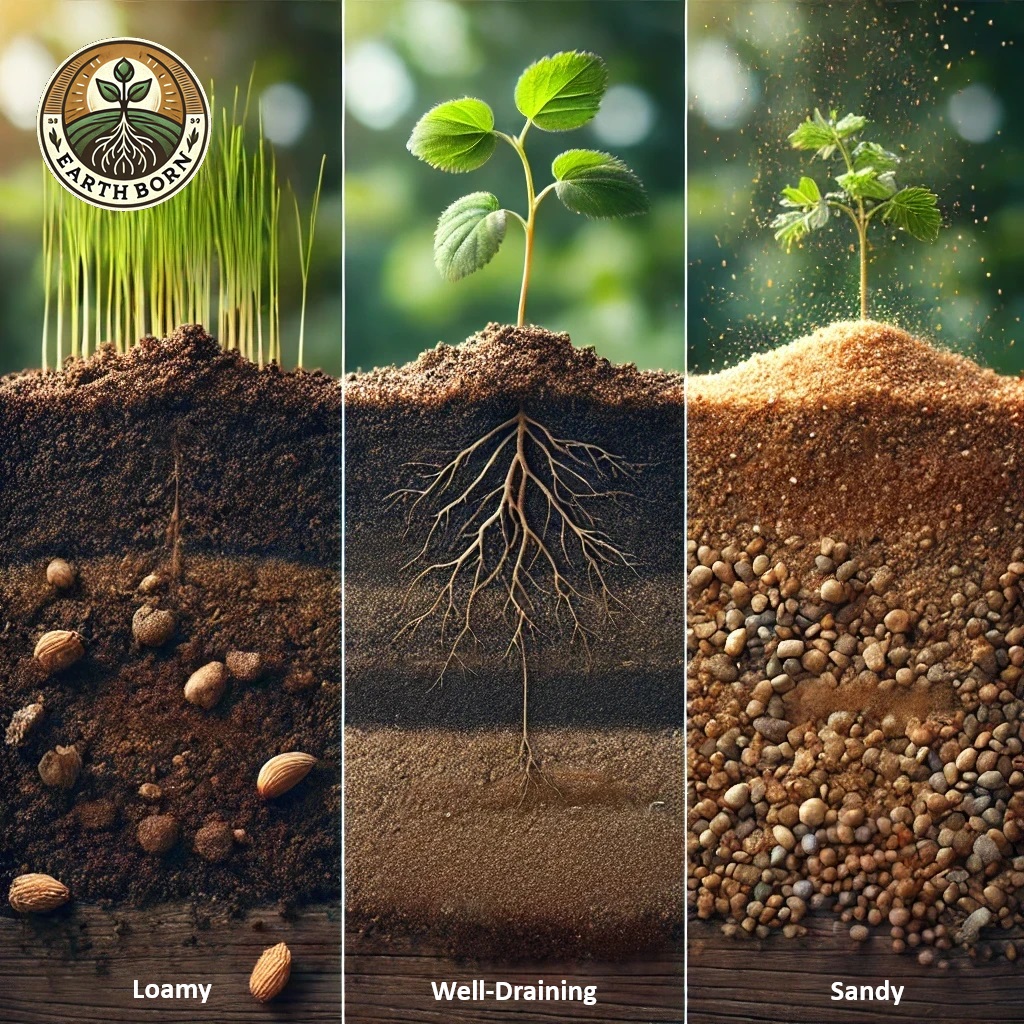
🌿 Understanding Soil Types
Loamy, Well-Draining & Sandy Soil! 🌱 Choosing the right soil is key to growing healthy plants! Here’s a breakdown of Loamy, Well-Draining, and Sandy Soil—what they are, how they’re used, and how to keep them fertile. 1️⃣ Loamy Soil – The Gardener’s Dream! 🌍 ✅ What is it?Loamy soil is a perfect mix of sand, silt, and clay, creating a soft, nutrient-rich, and well-balanced growing medium. It retains moisture while still allowing proper drainage. ✅ Best Used For:🌱 Vegetables & Herbs – Carrots, tomatoes, basil, and most crops love loamy soil.🌾 Flower Gardens – Roses, daisies, and lavender thrive in…
-
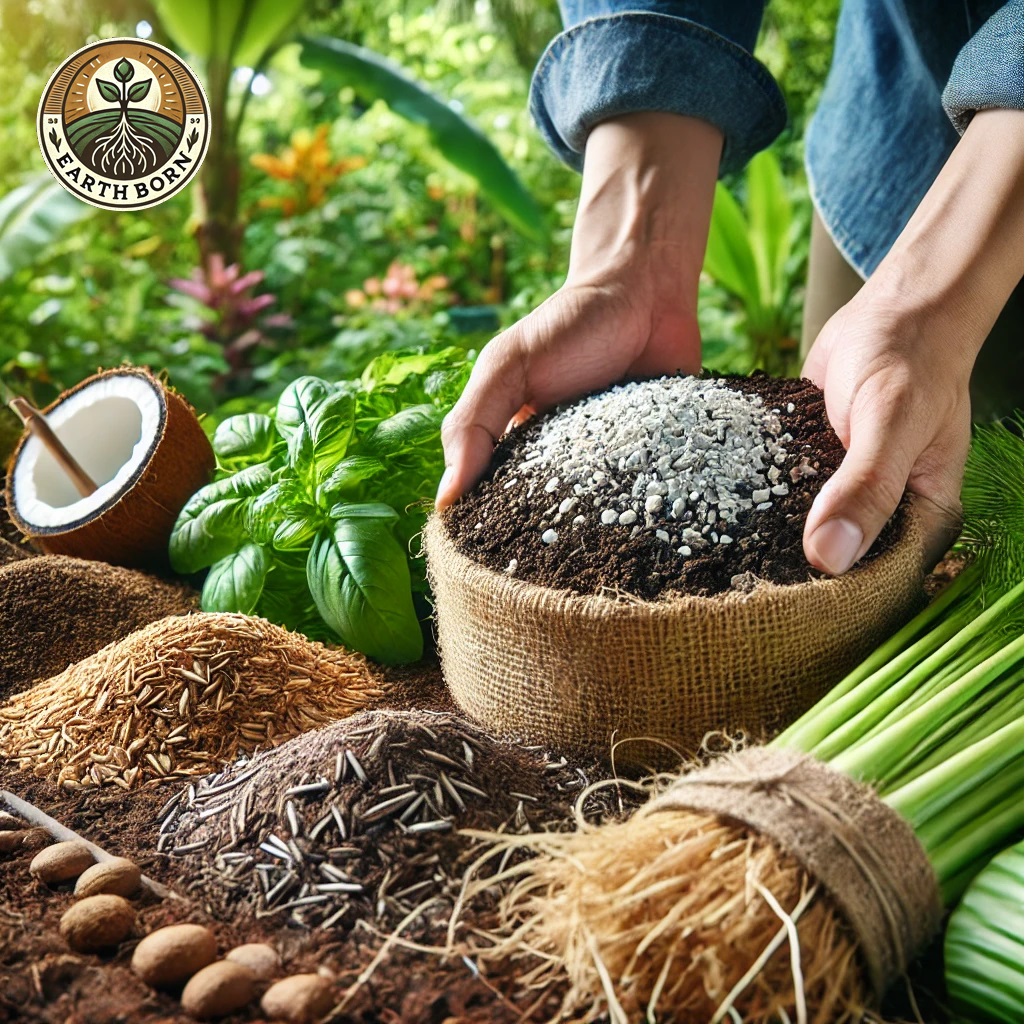
Is Perlite Organic?
No, perlite is not an organic substance because it is a naturally occurring volcanic mineral rather than a carbon-based organic material. However, it is 100% natural and inert, making it safe for organic gardening. 🌱 What is Perlite? Origin: Perlite is a type of volcanic glass that expands when heated, creating its lightweight, porous texture. Appearance: White, lightweight, and has a porous structure that holds air and moisture. Function: Improves soil aeration and drainage by preventing soil compaction. 🌿 Is Perlite Safe for Organic Gardening? ✅ Yes! While it is not “organic” in the sense of being plant- or animal-derived,…
-
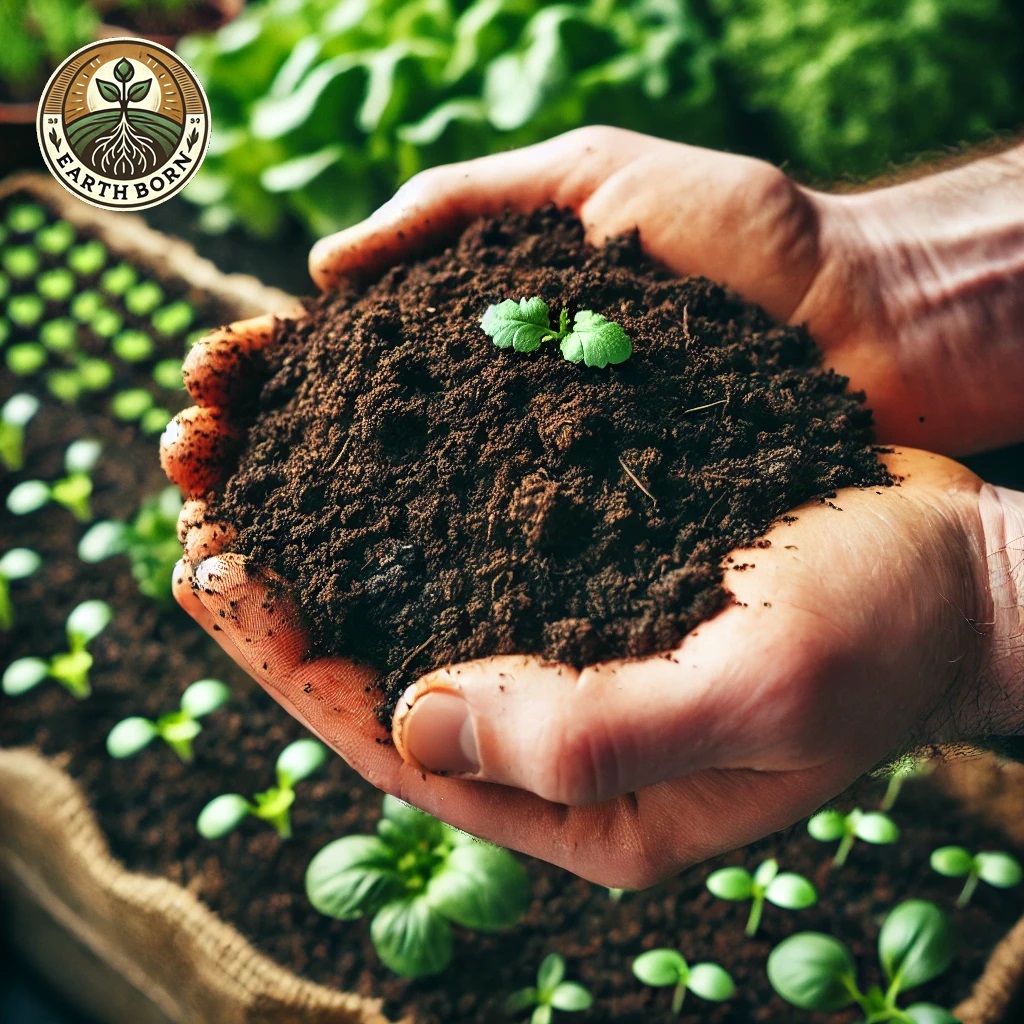
Loamy Soil
Loamy soil is a well-balanced, nutrient-rich soil that is ideal for gardening and farming. It is a blend of sand, silt, and clay in roughly 40% sand, 40% silt, and 20% clay proportions, giving it a soft, crumbly texture that retains moisture while allowing good drainage. 🌱 Why is Loamy Soil Ideal for Plants? ✅ Good Drainage & Moisture Retention – Holds enough water for roots without becoming waterlogged.✅ Rich in Nutrients – Provides essential minerals for healthy plant growth.✅ Easy to Work With – Soft, crumbly texture makes it easy to dig and cultivate.✅ Aerated & Well-Draining – Prevents…
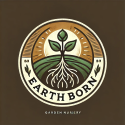

 **Meet Sprout!** Sprout is your friendly gardening companion at Earthborn, always ready with helpful advice on plant care, medicinal herbs, and natural gardening solutions. From seedling to harvest, Sprout provides expert guidance to nurture your garden and your well-being—making gardening easy, fun, and naturally rewarding.
**Meet Sprout!** Sprout is your friendly gardening companion at Earthborn, always ready with helpful advice on plant care, medicinal herbs, and natural gardening solutions. From seedling to harvest, Sprout provides expert guidance to nurture your garden and your well-being—making gardening easy, fun, and naturally rewarding.